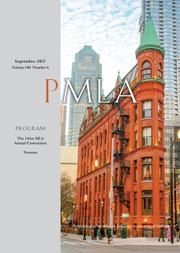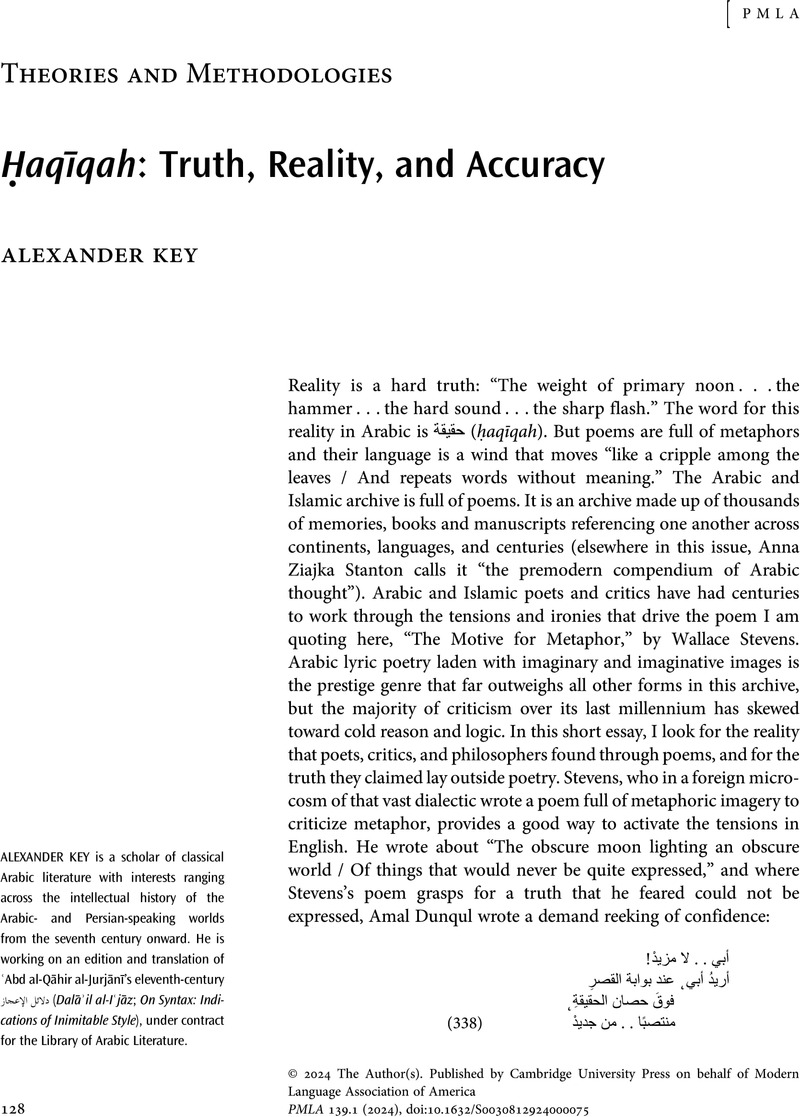Crossref Citations
This article has been cited by the following publications. This list is generated based on data provided by Crossref.
Rashwan, Hany
Al-Yammahi, Ghanimah
Alseyabi, Arwa
Al Ahbabi, Asma
and
Alazeezi, Moudi
2025.
Balāgha is not rhetoric.
Translation and Interpreting Studies,


